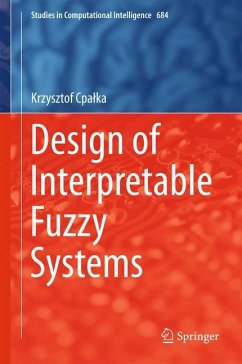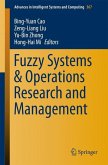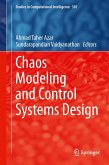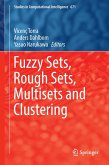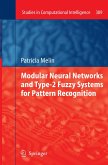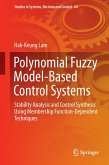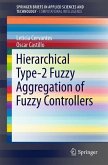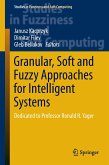This book shows that the term "interpretability" goes far beyond the concept of readability of a fuzzy set and fuzzy rules. It focuses on novel and precise operators of aggregation, inference, and defuzzification leading to flexible Mamdani-type and logical-type systems that can achieve the required accuracy using a less complex rule base. The individual chapters describe various aspects of interpretability, including appropriate selection of the structure of a fuzzy system, focusing on improving the interpretability of fuzzy systems designed using both gradient-learning and evolutionary algorithms. It also demonstrates how to eliminate various system components, such as inputs, rules and fuzzy sets, whose reduction does not adversely affect system accuracy. It illustrates the performance of the developed algorithms and methods with commonly used benchmarks. The book provides valuable tools for possible applications in many fields including expert systems, automatic control and robotics.
Bitte wählen Sie Ihr Anliegen aus.
Rechnungen
Retourenschein anfordern
Bestellstatus
Storno

